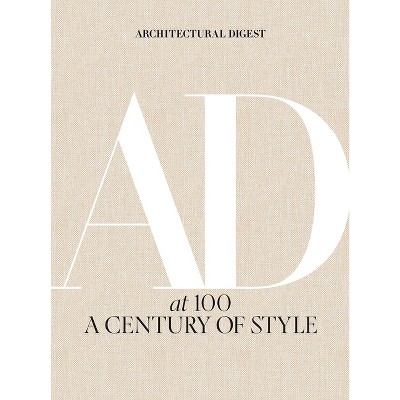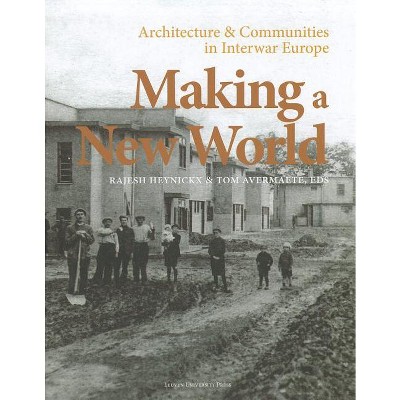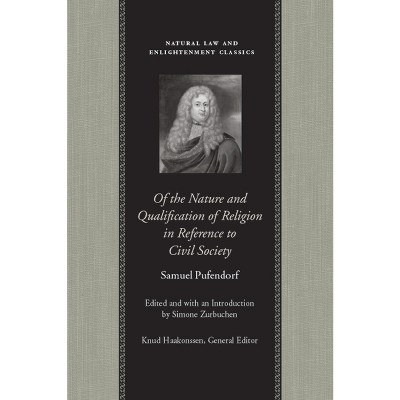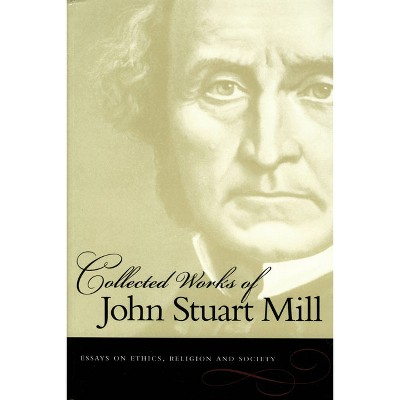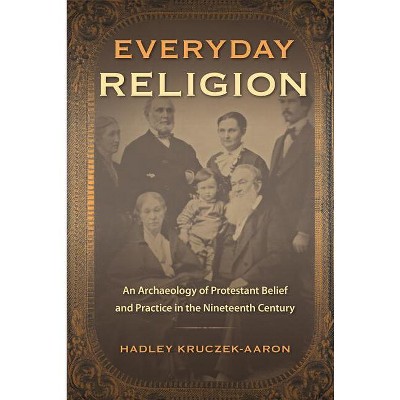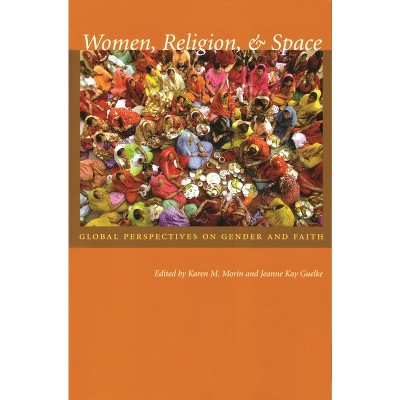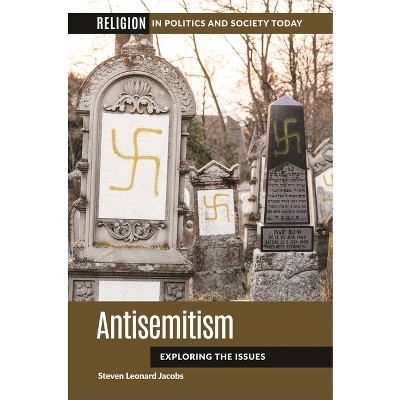Life Inside the Cloister - (Kadoc Studies on Religion, Culture and Society) by Thomas Coomans (Paperback)

About this item
Highlights
- Christian monasteries and convents, built throughout Europe for the best part of 1,500 years, are now at a crossroads.
- About the Author: Thomas Coomans is professor of architectural history and heritage conservation at the University of Leuven, Department of Architecture and Raymond Lemaire International Centre for Conservation.
- 300 Pages
- Architecture, Buildings
- Series Name: Kadoc Studies on Religion, Culture and Society
Description
About the Book
Christian monasteries and convents, built throughout Europe for the best part of 1,500 years, are now at a crossroads. This study attempts to understand the sacred architecture of monasteries as a process of the tangible and symbolic organisation of space and time for religious communities. Despite the weight of seemingly immutable monastic...Book Synopsis
Christian monasteries and convents, built throughout Europe for the best part of 1,500 years, are now at a crossroads. This study attempts to understand the sacred architecture of monasteries as a process of the tangible and symbolic organisation of space and time for religious communities. Despite the weight of seemingly immutable monastic tradition, architecture has contributed to developing specific religious identities and played a fundamental part in the reformation of different forms of religious life according to the changing needs of society. The cloister is the focal point of this book because it is both architecture, a physically built reality, and a metaphor for the religious life that takes place within it. Life Inside the Cloister also addresses the afterlife and heritagisation of monastic architecture in secularised Western society.
Review Quotes
"This is an authoritative historical review of monastic architecture which could be recommended for use in undergraduate and taught postgraduate teaching. The text is written to a high scholarly standard, and adopts a clear and logical line throughout. It is up to date both in terms of current questions about the future of these buildings and also in terms of its consideration of published scholarship about them. From the point of view of a basic textbook, it is clear, thorough, and comprehensive."
--Dr. Timothy Brittain-Catlin, University of KentAbout the Author
Thomas Coomans is professor of architectural history and heritage conservation at the University of Leuven, Department of Architecture and Raymond Lemaire International Centre for Conservation.





